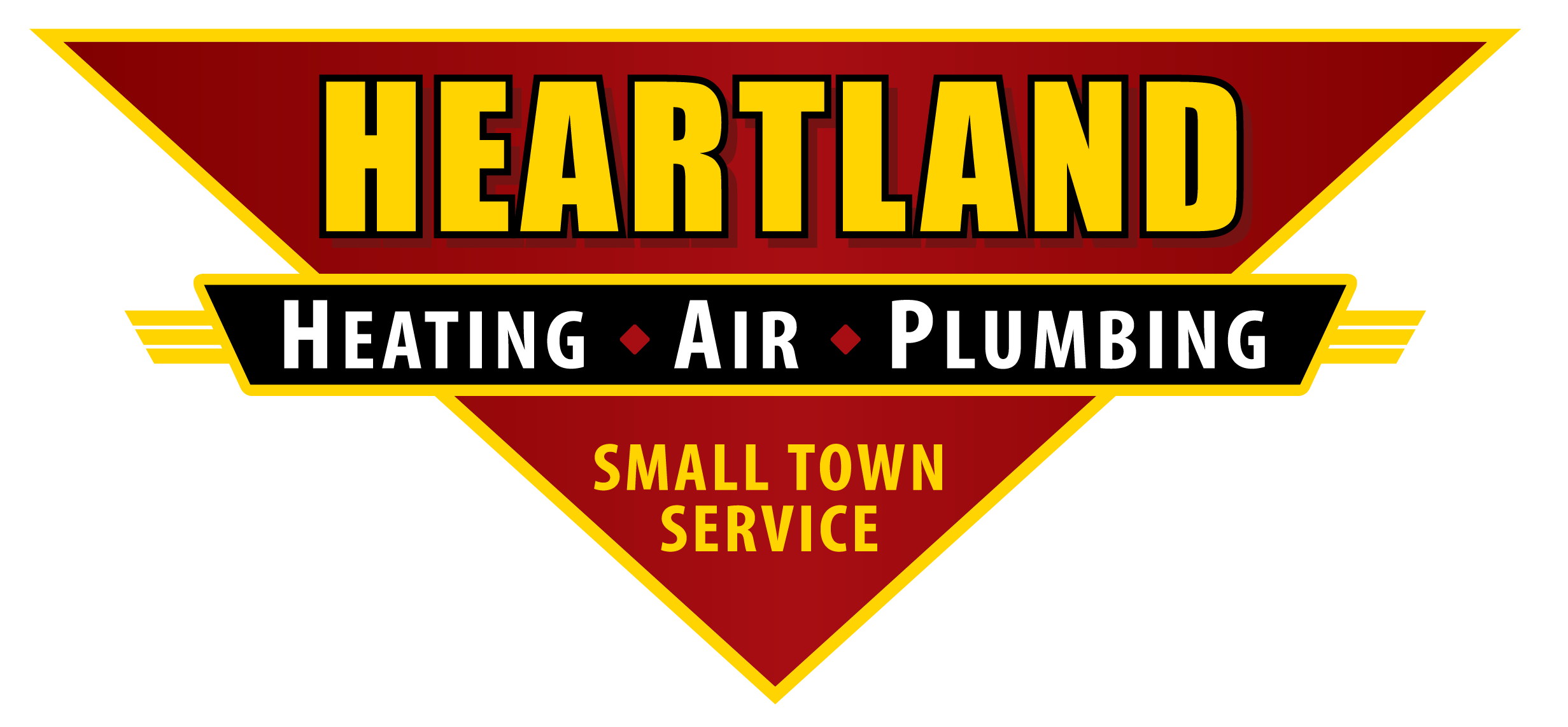As winter approaches, it’s important to be aware of the signs of a cracked heat exchanger. When your furnace has a cracked heat exchanger, it can cause problems with your heating system, and can even be dangerous. If you suspect that your heat exchanger might be cracked, don’t hesitate to call Heartland Heating, Air & Plumbing. In this blog post, we’ll discuss cracked heat exchanger symptoms so that you can be sure to get the help you need if necessary.
What Is a Heat Exchanger?
The heat exchanger is one of the most important parts of your gas furnace. Its job is to transfer heat from the burning gases to the air that is being circulated by the furnace.
The furnace heat exchanger is a metal chamber that contains the heat created by the combustion process. Once gases are combusted, heat energy is funneled through the heat exchanger’s metal coils. As the gases pass through the coils, they transfer their heat to the metal. The metal in turn transfers this heat to the air that is being circulated by the blower motor.
The heat exchanger is designed to withstand the high temperatures produced by the burning gases. However, over time it can become cracked or damaged. This can lead to dangerous levels of carbon monoxide being released into your home.
Cracked Heat Exchanger Symptoms
It is important to be aware of damaged heat exchanger symptoms so you’ll know when to call a qualified technician for furnace repairs. Here are the common signs your furnace has developed heat exchanger cracks.
1. Your Carbon Monoxide Detector Goes Off
Heat exchanger cracks could allow carbon monoxide from the combustion of heating fuels to escape and enter your home. This can cause the carbon monoxide detector to go off, alerting you to the presence of carbon monoxide indoors. If you do not have a carbon monoxide detector located near your furnace, but you’ve been experiencing headaches, dizziness, and nausea in people within the home, then you might be exposed to carbon monoxide in your home.
If your carbon monoxide detector goes off, it’s important to take quick action. First, you should leave the home immediately and go to a safe location outdoors. Once you’re away from the source of the carbon monoxide, call 911 so that emergency services can be alerted. If you or anyone in your family is experiencing symptoms of carbon monoxide poisoning, be sure to mention this to the dispatcher. First responders will work to identify the source of carbon monoxide exposure – if that happens to be your furnace, call your HVAC company for repairs, and don’t use the furnace again until you are cleared to do so by a professional.
2. Excess Soot in the Furnace
If you’ve noticed an uptick in the amount of soot in and around your furnace, this is one of the very common cracked heat exchanger symptoms. In a gas furnace, the heat exchanger is responsible for containing the combustion process and channeling heat into the home. If there’s a crack in the heat exchanger, excess soot can escape and accumulate on nearby surfaces.
While a small amount of soot is normal, any significant increase is cause for concern. If you think your heat exchanger might be cracked, it’s important to have it inspected by a qualified technician as soon as possible. A gas furnace with a cracked heat exchanger is unsafe, and it is very likely that you will need to have your furnace replaced soon.
3. Corrosion Inside the Furnace
Corrosion on the heat exchanger and elsewhere inside the furnace is a sign of a cracked heat exchanger. When the heat exchanger is cracked, combustion gases vent out of the cracks and cool, forming moisture on and around this furnace component. This moisture reacts with the metal of the heat exchanger and other parts, causing them to corrode. If you notice any corrosion on your heat exchanger or other parts of your furnace, it’s important to have it repaired as soon as possible to prevent further damage.
Cracked heat exchangers often cause incomplete combustion within the furnace. These harmful gases leak out of the furnace. Not only is this inefficient but dangerous as well. If you’ve noticed that your furnace heat exchanger seems rusty and is more than 20 years old, you’ll want to consider upgrading to a safer, more efficient model soon.
Call Heartland for Furnace Repairs or Replacement Services
If you are experiencing any of these cracked heat exchanger symptoms, it is important to call for repairs right away. Heartland Heating, Air & Plumbing can help you determine if your furnace has a cracked heat exchanger. From there we can work with you to find the best solution to keep your home safe and warm. Schedule an appointment with Heartland Heating, Air & Plumbing today.

